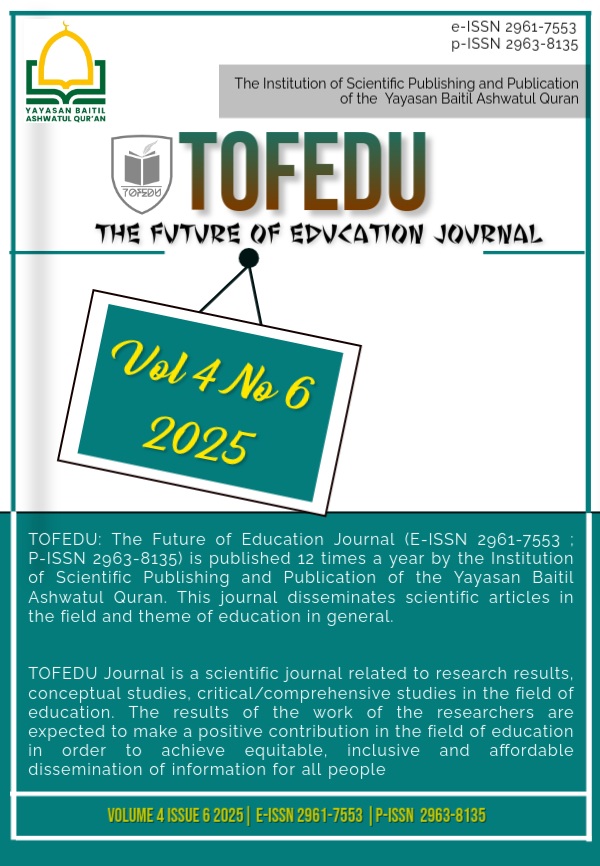Exploring Teaching Strategies Preferences Implemented by English Teachers in Senior High School
Main Article Content
Abstract
This study aims to explore the teaching strategy preferences implemented by male and female English teachers at senior highs bb School, focusing on how gender affects the choice of teaching strategies. Using a qualitative descriptive method, data was collected through observations, teaching strategy checklists, anecdotal notes, and in-depth interviews with English teachers at the school. The findings show that male teachers mostly use student-centered strategies such as direct explanation and exercises with training on learning strategies, including social-affective learning strategies, projects, problems, discovery, active learning, integrated learning, and flipped learning. Meanwhile, female teachers tend to adopt more contemporary and student-centered strategies such as project-based learning and the use of varied media, assignments, and female teachers use more cognitive and metacognitive strategies, but the application of other strategies such as project-based learning, active learning, flipped learning, and competency-based learning and differentiated learning is still very limited. This difference suggests that gender plays an important role in shaping teaching strategy preferences, with male teachers more willing to try different methods, especially technology-based and collaborative ones, while female teachers tend to choose contemporary and more interactive strategies. The study concludes that recognizing and understanding these gender-based differences can inform curriculum development and professional growth for teachers, ultimately supporting more effective English language teaching and learning in similar educational contexts.
Article Details

This work is licensed under a Creative Commons Attribution 4.0 International License.
